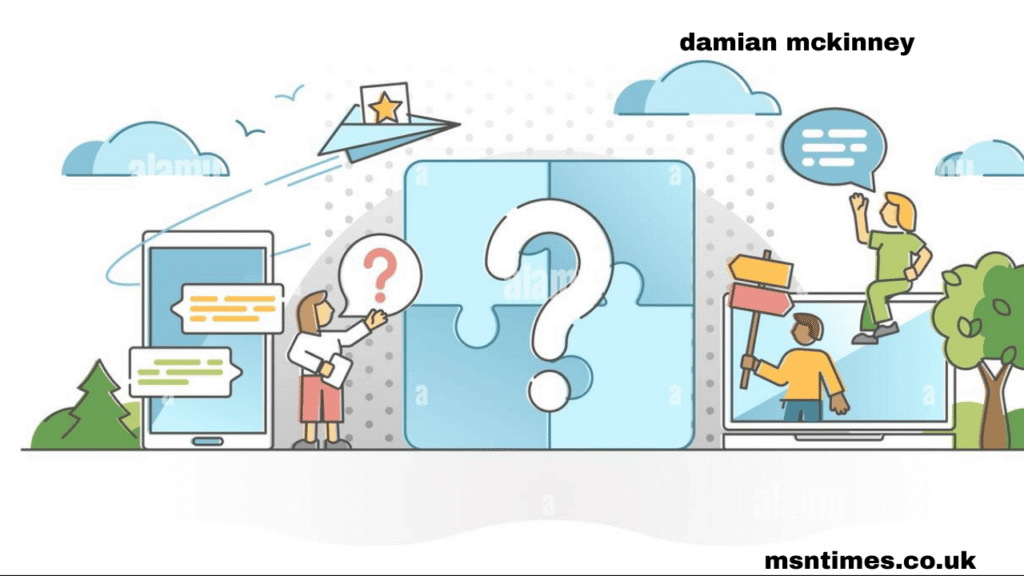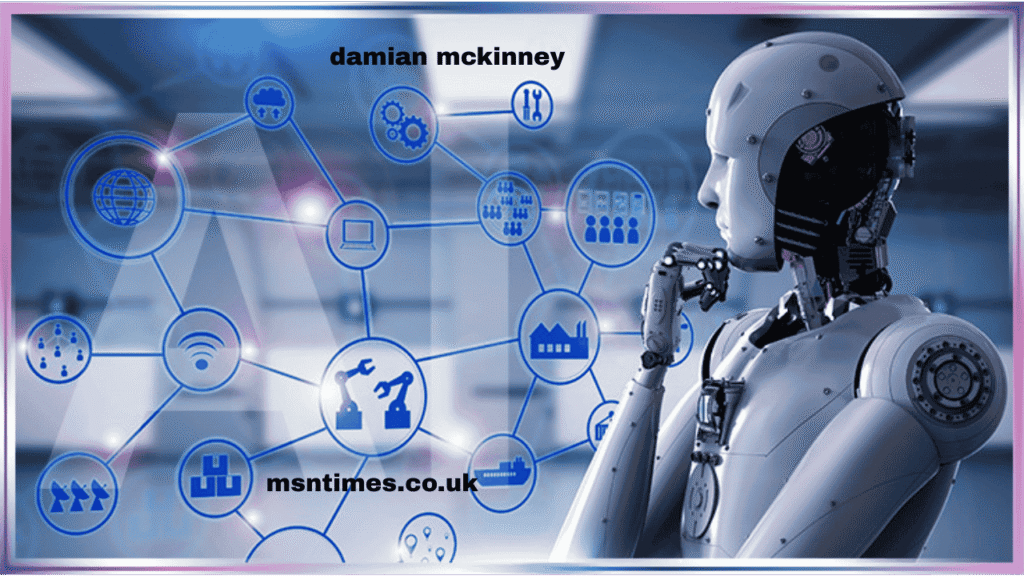Introduction: The Curious Case of “Enginurity” and the Symbolic ??
In an era dominated by technological breakthroughs, buzzwords, and evolving paradigms, we sometimes encounter terms that seem mysterious, undefined, or still emerging. One such term is “Enginurity“. When paired with the enigmatic “??”, the combination becomes even more thought-provoking. What is enginurity? What does ?? represent in this context? And how might these concepts relate to the broader themes of engineering, creativity, and innovation?
Decoding “Enginurity”: A Blend of Engineering and Ingenuity
At first glance, “enginurity” appears to be a fusion of engineering and ingenuity. This portmanteau evokes the idea of clever engineering or innovative problem-solving grounded in technical knowledge. In this sense, enginurity may not be a formally recognized word, but it holds philosophical weight.
Enginurity encapsulates the ethos of modern engineers who are not just builders or coders, but visionaries—those who imagine new possibilities, find elegant solutions, and push boundaries. It reflects the shift from rigid technical execution to adaptive, intelligent design. In fields from AI to bioengineering, the value lies increasingly in ingenuity, not just mechanical skill.
The Symbolic “??”: Questioning the Unknown

What about the “??”? In writing and digital communication, question marks often denote uncertainty, confusion, or inquiry. Two question marks amplify the mystery. When linked with enginurity, “??” may represent the unknowns engineers face, the questions yet to be solved, and the constant quest for deeper understanding.
Alternatively, “??” can symbolize the challenge of defining the future. What do we build next? Why are we building it? Can we make our technologies more humane, sustainable, and meaningful? Thus, enginurity?? could be interpreted as the collision of innovation with inquiry.
Enginurity in Action: Real-World Applications

While enginurity is an abstract term, its influence is concrete and visible across disciplines. Consider the engineers developing autonomous vehicles. Beyond coding software, they must integrate ethics, safety, and urban planning—a true exercise in enginurity.
Or take the world of renewable energy. Designing efficient solar panels or wind turbines requires not only engineering know-how but also resourcefulness, adaptability to climate conditions, and an understanding of global supply chains. The challenges are multifaceted and demand a mindset beyond formulas.
Even in the tech startup scene, enginurity is central. Founders blend technical knowledge with creative thinking to develop disruptive products. They question industry norms (“??”) and invent new user experiences. In this sense, enginurity becomes the soul of entrepreneurial engineering.
The Human Element: Emotional Intelligence and Ethical Design

True enginurity also incorporates emotional and ethical intelligence. In a world shaped by AI, machine learning, and deep algorithms, the human element must not be lost. Technologies without empathy can lead to unintended consequences.
Designing systems that recognize bias, promote inclusivity, and respect user privacy demands more than technical skill. It requires engineers to reflect on human needs, societal impacts, and long-term implications. This is where “??” transforms from uncertainty into intentional questioning. Are we designing the world we want to live in?
Learning and Cultivating Enginurity
Is enginurity a trait you’re born with, or can it be developed? The answer leans toward cultivation. While natural creativity helps, enginurity thrives in environments that encourage curiosity, interdisciplinary learning, and failure as a stepping stone.
Educational systems and companies should nurture enginurity by fostering open-ended challenges, collaboration, and systems thinking. Cross-functional teams, mentorship, and real-world projects that deal with social or environmental issues can bring out this hybrid quality.
Moreover, individuals can cultivate enginurity through continuous learning. Keeping pace with emerging technologies, exploring arts and philosophy, and staying attuned to global challenges can refine one’s sense of purpose and creativity.
The Future of Enginurity and the Persistent “??”
As we venture deeper into the 21st century, enginurity may become a defining trait of the most impactful engineers and innovators. Technical brilliance will remain essential, but it will not be enough. The ability to ask bold questions (“??”), imagine alternatives, and design with care and foresight will distinguish true leaders.
In this way, enginurity is not just about what we create, but why and how we create. The “??” reminds us to remain humble, curious, and open-ended in our thinking. It pushes us to challenge conventions and embrace the unknown.
Conclusion: Embracing the Enginurity Mindset
Enginurity and “??” may be unconventional concepts, but they resonate with the challenges and opportunities of our time. In a world where innovation often outpaces understanding, we need thinkers and doers who combine engineering expertise with imaginative depth.
So let us embrace enginurity not just as a clever term, but as a guiding principle. Let us celebrate the questions, the doubts, and the moments of inspiration that lead to transformative ideas. Because in the end, it’s not just about solving problems—it’s about discovering better questions.
Also Read : Tiwzozmix458: Exploring the Multifaceted Digital Identifier
